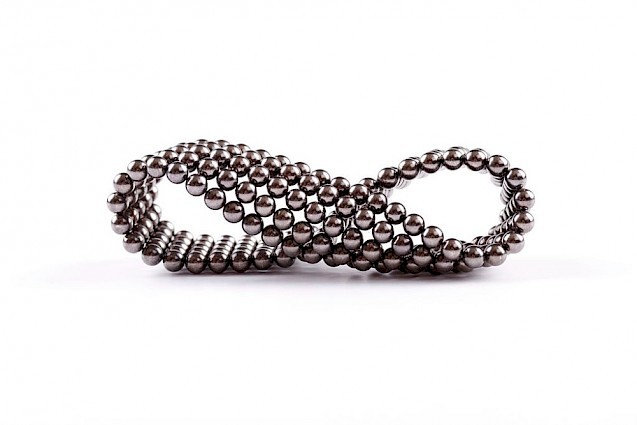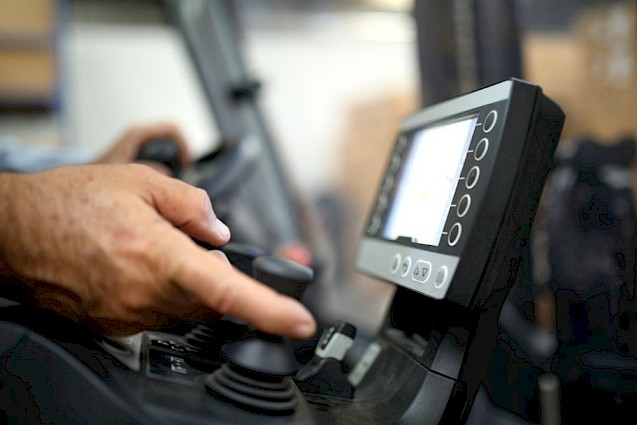Advantages
- A higher ratio of magnetic material powder to binder gives higher magnetic performance than the injection molded magnets (higher magnetic loading)
- NdFeB, SmCo, Alnico and Ferrite versions possible
- Hybrid versions as well (e.g. Ferrite+NdFeB) with combined properties
- Good tolerances – secondary machining not needed
- Low electrical conductivity, low eddy currents
Disadvantages
- The compression bonding process is limited to simpler shapes such as rectangles, rings, arcs and cylinders. A consistent cross sectional area is required along the pressing direction
- Possible tooling charges for production and magnetizing

 USA
USA 

